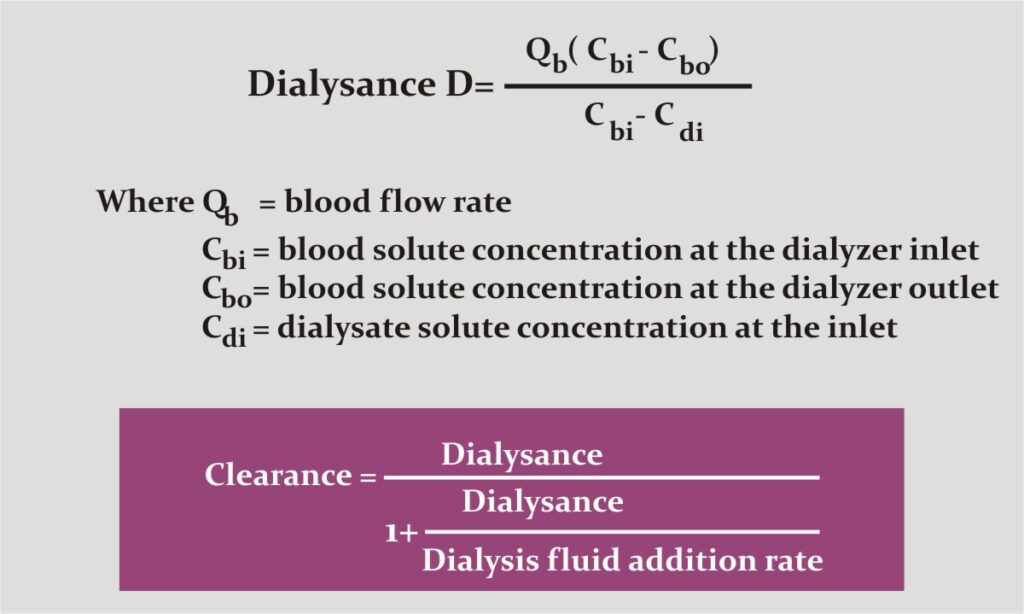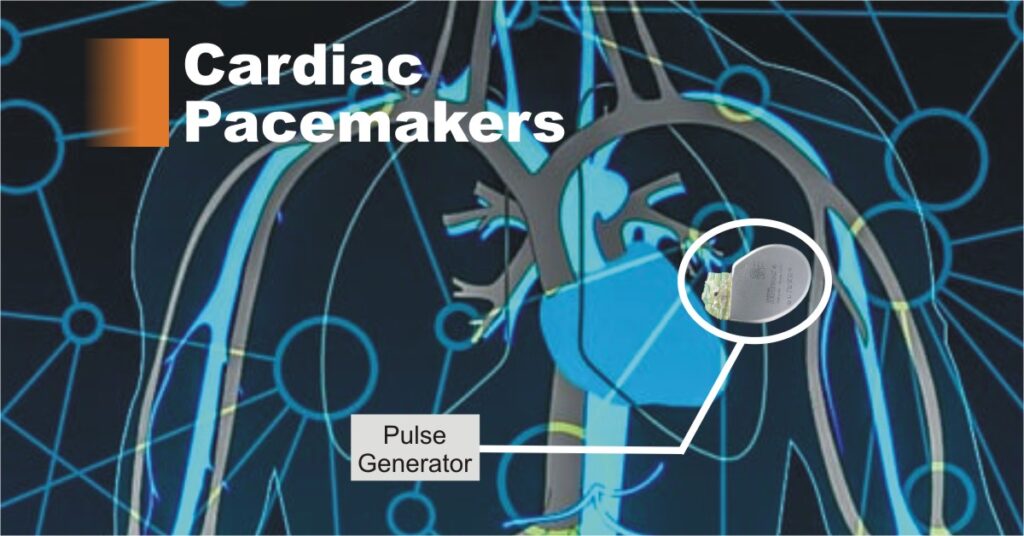Function Of Kidneys
The main function of the kidneys is to form urine out of blood plasma, which basically consists of two processes:
- Removing waste products from blood plasma
- The regulation of the composition of blood plasma.
The human body consists of two kidneys which lie in the back of the abdominal cavity just below the diaphragm, one on each side of the vertebral column. Each kidney includes approximately one million individual units, all similar in structure and function.
A nephron consists of parts—a cluster of capillary loops known as the glomerulus and a tubule. The renal arteries carry blood at a very high pressure from the aorta into the glomerular capillary tuft.The pressure in the glomerular capillaries is 70–90 mm of mercury.The blood flow via the capillary tuft is managed by the state of contraction of the muscle of the arteriole leading to the tuft.The glomerular filtrate includes blood plasma without proteins.
The general quantity of glomerular filtrate is 180 liters per to day, while the quantity of urine formed from it is 1–1.5l. Chronic renal failure is the result of changes in the body fluids which occur due to a progressive decrease in the number of functioning nephrons. The failure of kidneys occurs as life threatening for people suffering from the condition that’s why hemodialysis act as a lifesaver in this situation.
Hemodialysis
In hemodialysis, the patient’s blood is pumped through the blood compartment of a dialyzer, exposing it to a semipermeable membrane. The cleansed blood is then returned through the circuit back to the body. Hemodialysis has following steps: Ultrafiltration occurs by increasing the hydrostatic pressure across the dialyzer membrane. This is typically accomplished through applying a negative pressure to the dialysate compartment of the dialyzer. This pressure gradient causes water and dissolved solutes to run from blood to dialysate, and allows the removal of several liters of excess fluid during a typical 3 to 5 hour process.
Diffusion: It is the exchange of things dissolved in fluid (solutes) across the membrane due to differences in the amounts of the solutes on the two sides (concentration gradient). If there is a higher concentration of a solute on one side of the membrane than on the other, then diffusion will occur to try to make the concentrations on both sides of the membrane the same. By controlling the chemicals in the dialysate, the dialysis machine controls this transfer of solutes across the membrane.
Ultrafiltration: In hemodialysis, ultrafiltration occurs. Fluid flow through the membrane, forced by a difference in pressure on the two sides of the dialyzer (pressure gradient). Dialyzing unit operates outside the patient’s own body. It gets the patient’s blood from the cannulated artery via plastic tubing .The dialysate is an electrolyte solution of appropriate composition and the dialysis takes place throughout a membrane. The return of the dialyzed blood is by another plastic tube to an appropriate vein.
The dialyzing membrane has perforations which are extremely small and are invisible to the naked eye. Waste products in the blood are able to pass through these minute perforations into the dialysate fluid from where they are immediately washed away. In dialysis, the blood is exposed to dialysis solution across a selectively permeable membrane, which allows low molecular weight compounds to move freely between the two solutions, but restricts the passage of larger molecules. The waste products pass through the membrane because of the existence of a concentration gradient across the membrane. The dialysate fluid is freed from waste product molecules and, therefore, the ones in the blood would tend to distribute themselves evenly throughout the blood and the dialysate.
Arteriovenous fistula: The application of repeated hemodialysis as a definitive treatment of the permanent loss of kidney function requires a simple method for obtaining repeated access to the patient’s circulation over a period of years. This is achieved either by using a subcutaneous arterio-venous fistula, surgically created by anastomosis of the radial artery to an adjacent branch of the cephalic vein in the forearm. The fistula can then be used for dialysis by insertion of wide-bore needles through the skin into the veins. The fistulas have proved to be essentially non-clotting, rarely become infected.
Dialyzers
The dialyzer is the part in the artificial kidney system in which the treatment actually takes place and where the blood is freed from the waste products. The flat-plate or parallel flow-plate dialyzer has two or more layers of semipermeable membrane,. Blood ports are located at both ends, between the membranes. Blood flows between the membranes, and dialysate flows in the opposite direction along the outside of the membranes. The hollow fibre hemodialyzer is the most commonly used hemodialyzer. It consists of about 10,000 hollow cellulose capillaries.
The capillaries are jacketed in a plastic cylinder 18 cm in length and 7 cm in diameter. The capillaries are sealed on each end into a tube sheet with an elastomer. The capillaries range from 200–300 mm internal diameter and a wall thickness of 25–30 μm.The blood is delivered and eliminated from the hemodialyzer via manifold headers. Performance analysis of dialyzers The overall performance of hemodialyzers is commonly compared by using the dialysance curve that’s a graph of dialysance as opposed to the blood flow rate. The dialysance is also used to calculate the clearance (the ability of dialyzer to clear urea from blood), by the following relationship:

Hemodialysis Machine
A hemodialysis machine is used for the production of warm dialysate which is then circulated through an external dialyzer assembly. It also controls the cycling of the blood from the patient through the artificial kidney (dialyzer) and back to the patient. It continuously monitors and controls all important parameters, automatically halting treatment in the event of parameters going out of pre-set limits.
The hemodialysis machine performs basic functions.
- mixes the dialysate
- monitors the dialysate
- pumps the blood and controls administration of anti-coagulants
- monitors the blood for the presence of air and drip chamber pressure
The machines are designed to be totally adjustable to meet individual therapy requirements. The machine pumps and controls the flow of blood from the patient through the dialyzer at a pre- determined rate and pressure to ensure effective clearances and fluid removal in a specified time period. Some machines also provide an ultra-filtration rate meter that measures the ultrafiltration rate in kilograms per hour. This allows the operator to efficiently and accurately calculate, predict and control fluid removal during dialyses.

Inside Hemodialysis Machine

ALSO READ
Blog Image by studio4rt on Freepik

